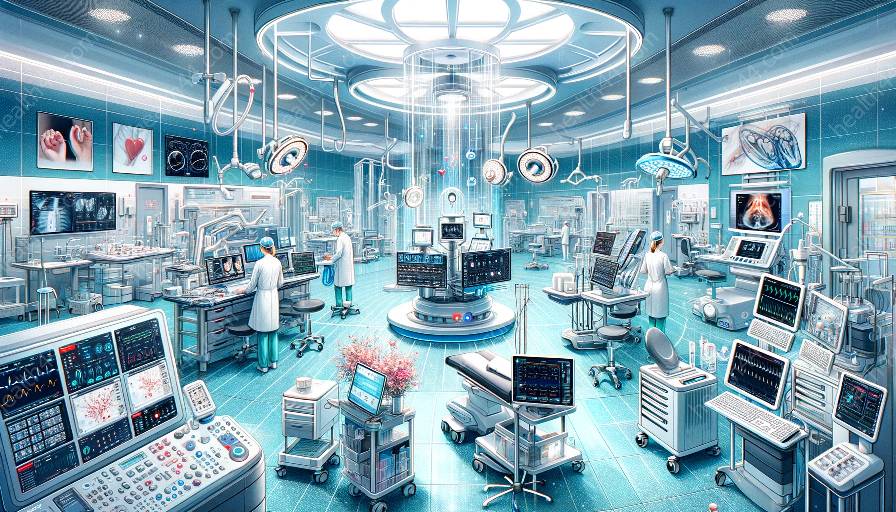As a critical area of study, pediatric orthopedics focuses on addressing disorders and injuries related to the musculoskeletal system of children, often requiring a deep understanding of biomechanical principles. This complex interplay between orthopedics and biomechanics provides insights into the development of medical devices to aid in the treatment of pediatric musculoskeletal conditions.
Biomechanical Foundations in Pediatric Orthopedics
Pediatric orthopedics involves the management of a wide range of conditions, such as congenital anomalies, developmental disorders, and traumatic injuries affecting the bones, joints, and soft tissues of children. The application of biomechanics in this context helps in understanding the mechanical behavior of the developing musculoskeletal system and its response to various loads and movements, which is crucial for effective treatment and rehabilitation.
Biomechanical research in pediatric orthopedics aims to elucidate the unique structural and functional characteristics of the growing musculoskeletal system, considering the changes that occur from infancy through adolescence. This includes the study of bone development, joint biomechanics, muscle function, and the interaction between the skeletal and muscular components.
Biomechanical Requirements in Pediatric Orthopedics
The biomechanical requirements in pediatric orthopedics are distinct from those in adult orthopedics due to the dynamic nature of the growing skeleton. These requirements encompass factors such as bone growth and remodeling, joint stability, muscle-tendon interactions, and the response of the musculoskeletal system to external forces. Understanding these requirements is essential for developing appropriate treatment strategies and medical devices tailored to the unique needs of pediatric patients.
Moreover, the design and implementation of orthopedic implants and medical devices in children must account for the anticipated growth and development of the musculoskeletal structures, requiring a thorough consideration of biomechanical principles to ensure optimal function, durability, and safety.
Challenges and Advancements in Pediatric Orthopedic Biomechanics
Advancements in biomechanics have significantly influenced the field of pediatric orthopedics, leading to the development of specialized devices and treatment modalities. However, several challenges persist, including the limited availability of pediatric-specific biomechanical data and the complexities associated with predicting the growth-related changes in the musculoskeletal system.
Furthermore, the biomechanical requirements of pediatric orthopedics bring forth the need for customized medical devices that accommodate the unique anatomical and physiological characteristics of growing children, while also addressing the potential complications associated with implantation at a young age.
Biomechanics and Medical Devices in Pediatric Orthopedics
The integration of biomechanics and medical devices is fundamental in addressing the orthopedic needs of pediatric patients. This convergence enables the development of innovative solutions that optimize biomechanical functionality while considering the specific requirements of pediatric orthopedics.
Medical devices such as pediatric orthopedic implants, braces, and corrective devices rely on biomechanical principles to ensure proper alignment, support, and function. Additionally, biomechanical testing and simulation play a pivotal role in the evaluation and refinement of these devices, helping to optimize their performance and reduce the risk of complications in pediatric patients.
Futuristic Prospects and Research Directions
Looking ahead, the synergistic relationship between biomechanics and medical devices in pediatric orthopedics holds immense promise for the development of advanced technologies and personalized treatment approaches. Emerging areas of research include computational modeling of pediatric musculoskeletal biomechanics, 3D printing of patient-specific implants, and the integration of smart materials for dynamic orthopedic devices.
Furthermore, the ongoing advancements in biomechanics and medical device technology are anticipated to contribute significantly to enhancing the clinical outcomes and quality of life for children with orthopedic conditions, paving the way for more tailored and effective interventions.


